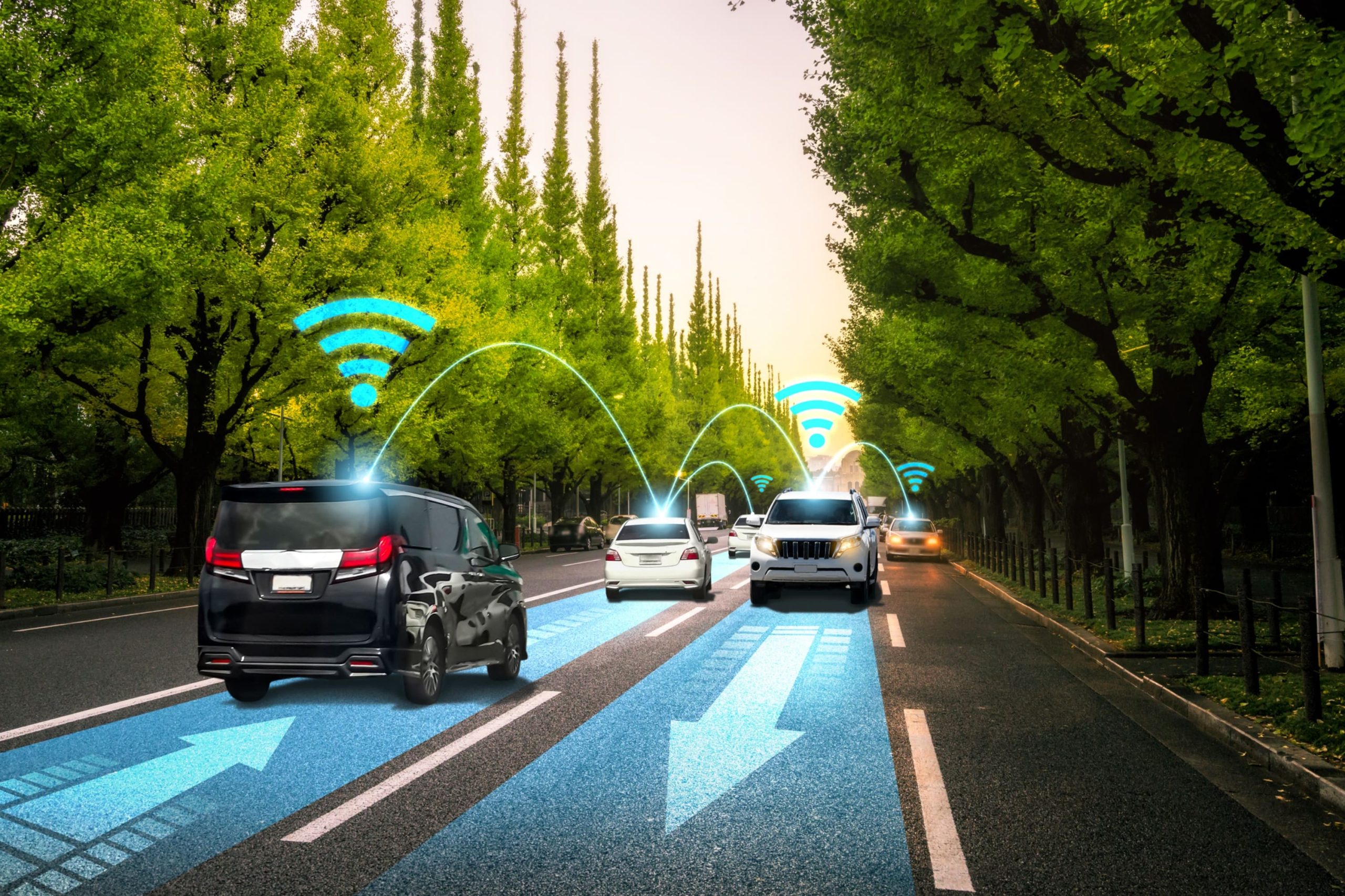India’s autonomous vehicle market is rapidly evolving into a critical mobility frontier. The market holds approximately 4% of the global AV deployment share. India has over 1.2 million vehicles equipped with Level 1 and Level 2 ADAS systems on its roads. The need for intelligent transport systems has become urgent, with nearly 84% of India’s population residing in urban areas as of 2024. The Indian government has also taken early steps toward AV readiness, with over ₹1,500 crore allocated in 2024 under the National Programme on Advanced Mobility to support AI-driven vehicular innovation. The country is positioning itself as a pivotal testbed for autonomous solutions, especially in complex urban traffic conditions.
What’s Driving Autonomous Vehicle Market in India?
- The rising ADAS penetration and safety mandates are driving the autonomous vehicle market in India. As of 2024, penetration of key ADAS features in passenger vehicles in India ranges from 22% to 94%. Consumer surveys revealed that over 91% of Indian drivers see ADAS as essential for enhancing road safety, yet almost half still drive without such systems. This highlights vast room for autonomous vehicle adoption.
- India records approximately 150,000 road accident fatalities annually due to human error. The Ministry’s rollout of the iRAD accident database in 2025 is integrating police, transport, health and PWD data to identify accident clusters. Thus, supporting targeted AV-ready infrastructure changes.
- India’s rapid 5 G deployment and V2X (vehicle to-everything) infrastructure are being aligned with AV pilots, helping tackle latency-sensitive challenges like pedestrian and non-motorized traffic interaction. These pilots and smart-city initiatives offer controlled arenas to test autonomy tech under real-world complexities.
Competitive Landscape
The India Autonomous vehicle market is moderately fragmented, driven by domestic OEMs, tech startups, and global technology enablers. Major players dominating the landscape includes Tata Motors, Mahindra & Mahindra, and DeepRoute.ai. Tata Motors continues to lead the market by integrating autonomy into EVs. In early 2025, Tata launched the Harrier.ev, featuring Level 2 ADAS capabilities such as adaptive cruise control and lane-keep assist. Mahindra partnered with Anduril Industries in 2024 to explore advanced defense-grade autonomy and AI applications for Indian roads and military logistics. Meanwhile, DeepRoute.ai announced a $ 450 million investment into Indian operations in late 2024. The company signed agreements with Tier 1 suppliers and Indian chipmakers to localize its Level 2+ ADAS stack, built on Qualcomm’s Snapdragon Ride platform.
Infrastructural Unreadiness and Road Complexity
The India autonomous vehicle market is witnessing a major challenge of infrastructural unpreparedness and chaotic driving environment, which makes real-time machine perception and decision-making extremely difficult. Over 70% of urban roads lack clear lane markings, making it challenging for AVs to accurately perform lane detection, a critical function for Level 2+ autonomy systems. Additionally, only 18% of Indian highways have consistent signage and roadside sensors necessary for real-time navigation and V2X communication. Without standardized road markings, dedicated AV corridors, and consistent data infrastructure, the Indian AV ecosystem will remain constrained to controlled environments like campuses, SEZs, and gated communities.
Future Outlook
The India autonomous vehicle market is set to experience transformation, as policy frameworks, urban planning, and consumer readiness converge to define the pace and breadth of AV adoption. While full autonomy on public roads remains a long-term goal, Level 2+ and Level 3 systems are expected to see widespread adoption by 2030. India’s AV evolution is increasingly focused on homegrown autonomy solutions, with government encouraging reduced reliance on imported components. The PLI scheme for EV and AV electronics is expected to attract over ₹4,000 crore in domestic R&D investments by 2030, especially in edge computing and sensor fusion platforms.
Consultant at Nexdigm In their latest publication “India Autonomous Vehicle Market Outlook to 2030: By Level of Autonomy (Level 1 – Driver Assistance, Level 2 – Partial Automation, Level 3 – Conditional Automation, Level 4 – High Automation, Level 5 – Full Automation), By Vehicle Type (Passenger Vehicles, Sedans, SUVs, Hatchbacks, Commercial Vehicles, Autonomous shuttles), and By Application (Private, Public Transport, Logistics & Delivery, Ride Hailing & Robo-Taxis, Military & Defense, Agriculture & Mining)” believe that by prioritizing Low-Speed AV Deployment in Controlled Environments, businesses can gain competitive advantage in India autonomous vehicle market.

